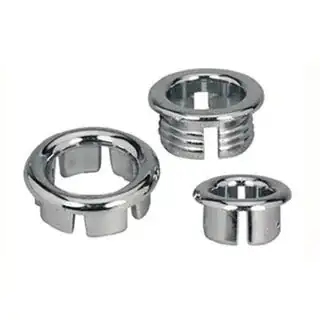parts ... I don't want to ... feel like a plastic
This is harder than looking like metal. Plastic doesn't have nearly the density of metal, nor the thermal conductivity of metal. So by touch people will be able to tell the difference between almost any metal item, and a plastic item that looks similar.
For jewelry, as long as the wearer doesn't mind that it's not metal (they will be able to tell) you can fool most viewers with proper finishing. Sanding/smoothing, and then painting the printed part will work for most things.
For things which dangle significantly, the swinging and action of the item may give away its density, but some objects people expect to be hollow metal can be printed in solid or high density plastic and give the same weight, though they are lower density.
Are there any specific type of home-printers that can achieve that?
For things which feel metallic, no, except for very small items where the weight and thermal conductivity won't be significant. A laser sintering printer could make real metal parts if this is needed, but these don't fall into the category of home machines.
If you don't mind a multi step process, you can make molds of the printed object, then cast real metal, or very high density epoxies, to accomplish your goal.
Beyond that, a high resolution machine with a lot of hand-finishing work is going to get you as close as you'll get to looking like metal.
